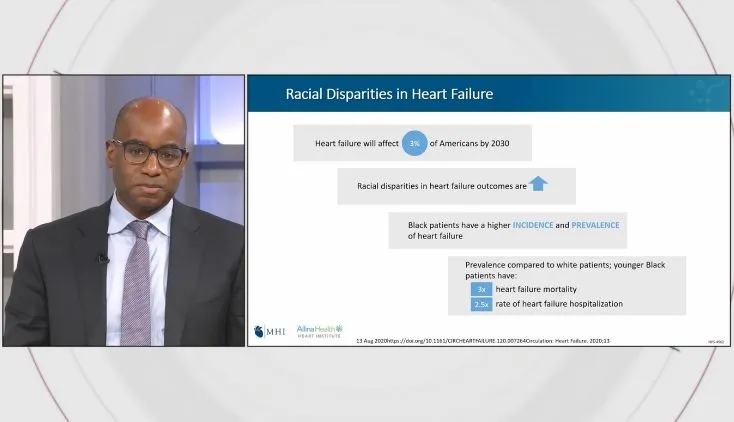Hemodynamics, Impella Education, Patient Management
SmartAssist® Technology Cardiac Output Metrics for Patient Management and Weaning
Dave Weber, PhD, reviews how Impella® SmartAssist technology determines and tracks trends in cardiac output (CO) and cardiac power output (CPO) and how these metrics can be used to guide a successful Impella heart pump weaning procedure.
Weber describes the fundamental relationship between arterial pressure, cardiac output, and the patient’s vascular state: CO = Arterial Pressure / Vascular State (VS). He explains that the SmartAssist optical sensor directly measures and tracks arterial pressure and that vascular state can be determined by obtaining an independent measurement of CO from a right heart catheter (RHC). Once the vascular state is known, the arterial pressure changes over time can be used to track cardiac output changes over time.
Weber notes that the vascular state calibration needs to be updated periodically (at least every 8 hours) with additional RHC measurements to account for changes in the patient’s vascular state over time. He also notes that vascular state measurements should only be done when the patient has a measurable arterial pulse pressure.
With the ability to track changes in CO over time, changes in CPO can be tracked and native cardiac output can be calculated. Native CO is particularly important when guiding weaning with SmartAssist.
Weber illustrates successful and unsuccessful weaning scenarios using the Trends Screen where native cardiac output, Impella flow, and the total cardiac output are displayed. He describes a successful wean in which the Impella flow is gradually decreased while native CO trends up as it takes over for the pump, preserving the total CO to the patient. He contrasts that to an unsuccessful wean in which native CO is flat and does not recover as Impella flow is weaned down, resulting in a decline in total CO.
Weber points to the ability to trend cardiac output metrics as an example of building patient diagnostic information right into the Impella system to facilitate patient management and improve outcomes. “Over time, our objective with SmartAssist,” Weber explains, “is to provide all the key diagnostics needed for Impella patient management without the need for other ancillary diagnostic devices to be implanted in the patient.”
IMP-1911


